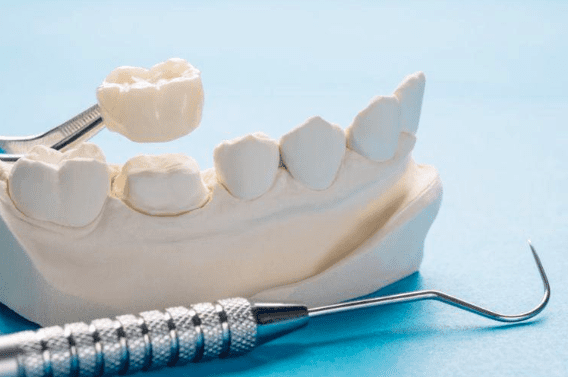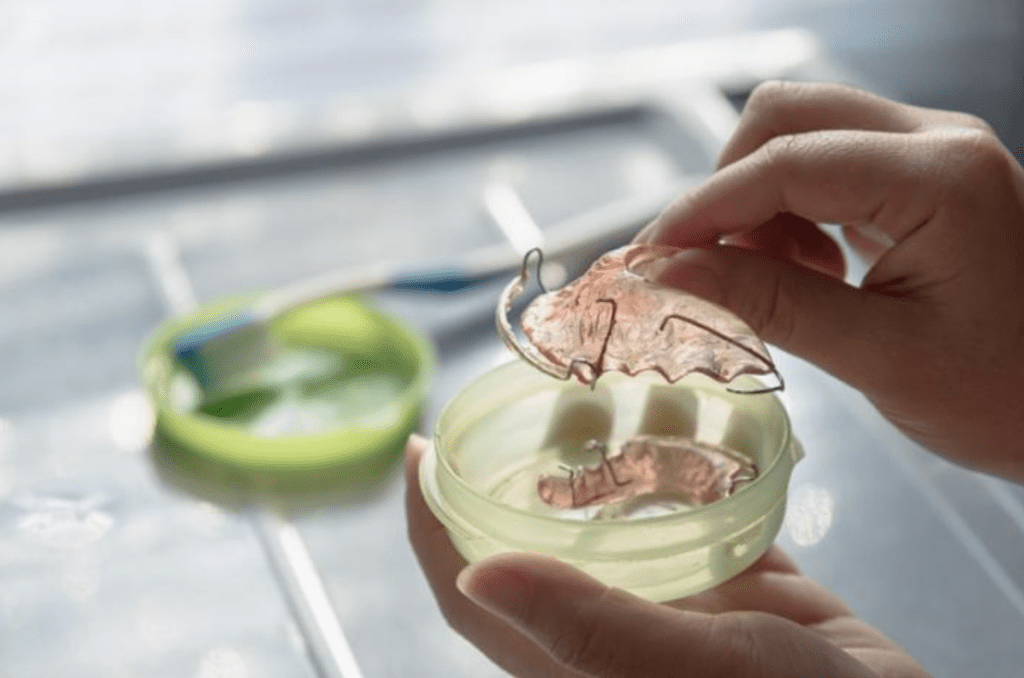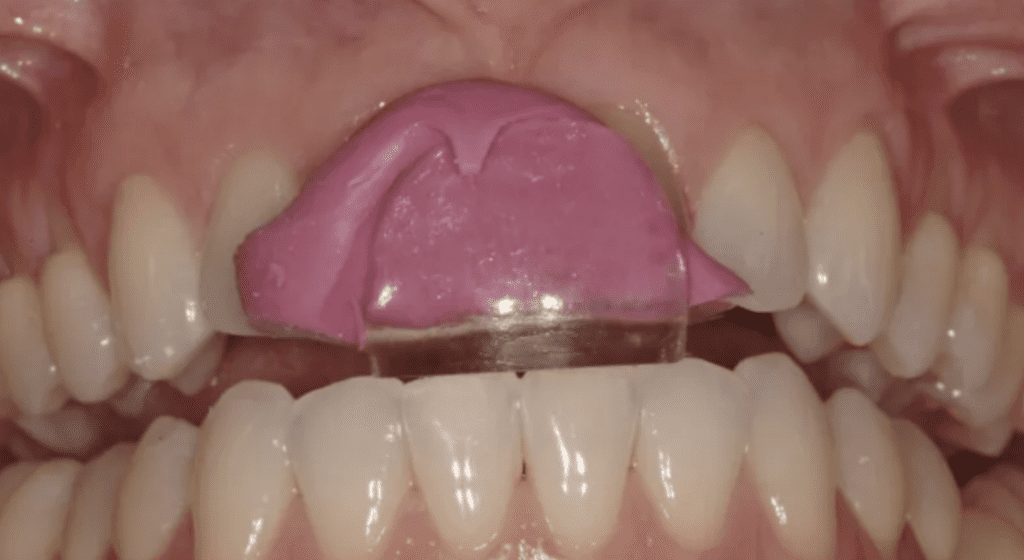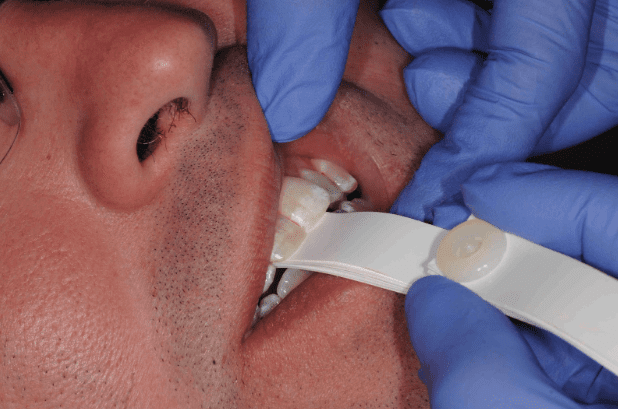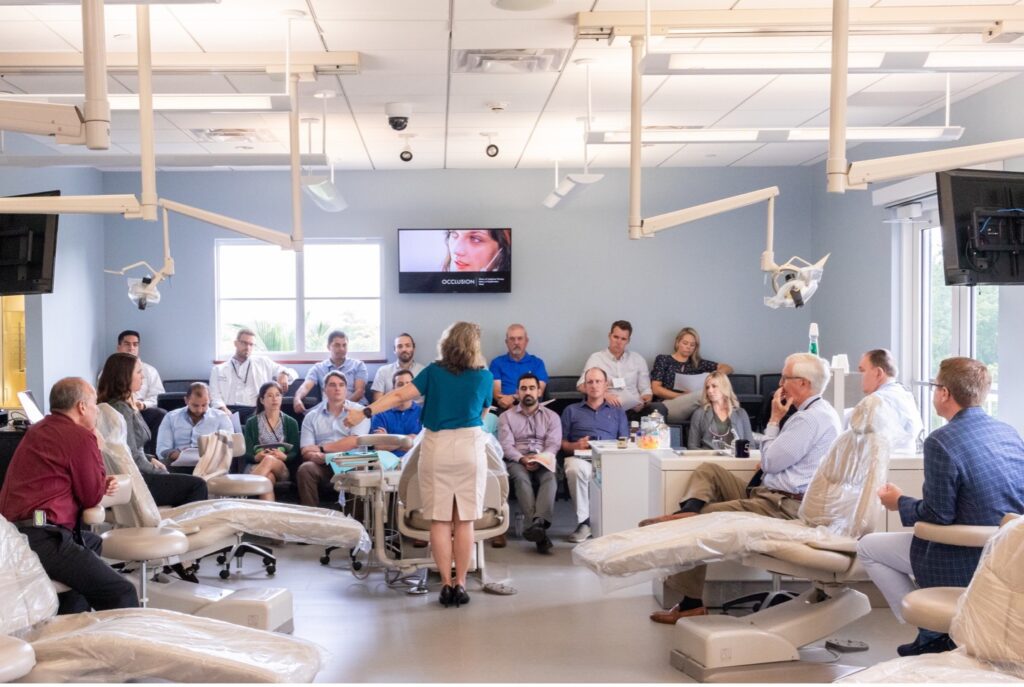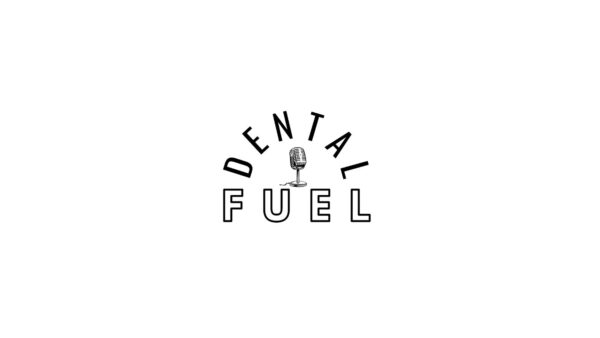![]()
Dr. Lee Ann Brady lives in Phoenix, Arizona with her husband Kelly and three children Sarah, Jenna and Kyle. She owns Desert Sun Smiles Dental Care, a private restorative practice in Glendale, Arizona. Outside of her private practice, Dr. Brady is the Director of Education for The Pankey Institute, recognized for hands-on education programs focused on occlusion and restorative dentistry. She is the founder and lead curator of Restorative Nation, a supportive learning community for dentists.
Cracking the Case: Understanding Broken Provisionals
By: Lee Ann Brady DMDTopic originally appeared on Pankey.org: Dr. Brady allowed permission for igniteDDS to share…
A Dentist’s Perspective on Retainer Wear Time
By: Lee Ann Brady DMDTopic Originally Appeared on PankeyGram.org Patients tend to want to spend as little…
Do Patients Parafunction In Centric Relation?
By: Lee Ann Brady DMDArticle Originally Appeared on PankeyGram.org Seated Condylar Position I know even the mention…
My Favorite Occlusal Deprogrammers
By: Lee Ann Brady DMDTopic Originally Appeared on PankeyGram.org Deprogramming of the lateral pterygoid muscle is generally done…
When Your Occlusal Clearance Disappears
By: Lee Ann Brady DMDTopic Originally Appeared on PankeyGram.org It can be an incredibly frustrating clinical situation…
Occlusal Wear: Is It Advancing? How Fast?
By: Lee Ann Brady DMD I ask the question “Is wear normal?” at almost every lecture I…
Building a Successful Dental Team: Insights from Dr. William Chen
Today, Dr. William Chen, a seasoned dentist and entrepreneur, shares his insights and experiences in scaling his dental practice and building a successful dental team. Host: Dr. Tanya Sue MaestasGuest: Dr. William ChenEdited By: Candy Velez CRDH Let’s explore the challenges of building a successful dental practice and the mistakes that can occur along the…
Financial Mistakes Dentists Should Avoid: Insights from Dr. William Chen
Host: Dr. Tanya Sue MaestasGuest: Dr. William ChenEdited By: Candy Velez CRDH Today, we continue our conversation with Dr. William Chen, exploring the realm of digital dentistry and discussing a significant financial mistake he made in his career. Dr. Chen shares valuable insights and advice for dentists, shedding light on avoiding financial pitfalls. Let’s dive…
Cracking the Case: Understanding Broken Provisionals
By: Lee Ann Brady DMDTopic originally appeared on Pankey.org: Dr. Brady allowed permission for igniteDDS to share with our readers Provisionals play a pivotal role, not just in helping the patient adjust through to their final restorations, but they are helpful to us also – to fix our mistakes while we still can. Even though…
I wish I’d done this a long time ago!
“You will get unprecedented amounts of individual attention from Doctor Rice and Dawn. My consults have instantly improved and so have my numbers!
You should definitely do the 90-day Jumpstart program!”
Dr. Luke Shapiro
Dentist
Watch Video
Mentor and practice coach!
“Dr. Rice has been my personal mentor and coach since I was in dental school. He was instrumental in me purchasing my current practice. Once I owned the practice, he has been a wealth of knowledge in creating systems to help my practice run at peak efficiency. I highly recommend him as a mentor and practice coach.”
James Wanamaker
Dentist, Smiles of Skaneateles
www.smilesofskaneateles.com
Patient Acquisition Mindset: Common Issues
By: Abe Kasbo The term “Patient Acquisition” doesn’t resonate well with patients; it’s not what they seek or need. Patients aren’t commodities or assets to be obtained. They are people, and dental offices are not Wall Street trading terminals. We shouldn’t view them as mere acquisition targets because that diminishes the entire patient experience, and…
Building a Strong Dental Team: Lessons from Dr. Pamela Maragliano-Muniz
Interviewer: Tanya Sue Maestas, DDSInterviewee: Dr. Pamela Maragliano-MunizEdited By: Candy Velez – CRDH, BSDH Today, we have the pleasure of speaking with Dr. Pamela Maragliano-Muniz, who shares her experiences and insights on building a successful dental team. In this episode about teams, Dr. Maragliano-Muniz emphasizes the importance of finding team members who are skilled and…
Setting Realistic Expectations: Rome Wasn’t Built in a Day
By: Dr. Savanah Craig Managing the expectations of others is a challenge in any aspect of life but is particularly challenging in dentistry. In the age of social media and Photoshop, it is easy to lose sight of what is real and what is edited. Two-day shipping and door-to-door delivery has intensified our need for…
How Airway Problems Can Wreak Havoc on Teeth, Jaw, and Wellbeing
By: DeWitt Wilkerson, DMDThe article originally appeared on The Dawson Academy Have you ever wondered why some people’s teeth are perfectly straight while others are crowded or misaligned? Or why you might be waking up with a sore jaw and headaches despite wearing a night guard? Could your acid reflux be the reason for your…
Creating Well-Defined Specific Goals for Your Future
By: Todd Doobrow, CFP When we ask clients what they want for their futures, very few have a clear picture. Often using words like “hope” and “more” to describe their actions, there is no clear end game in sight. Few have specific goals and even fewer are on paths to help them get there. Whether…

